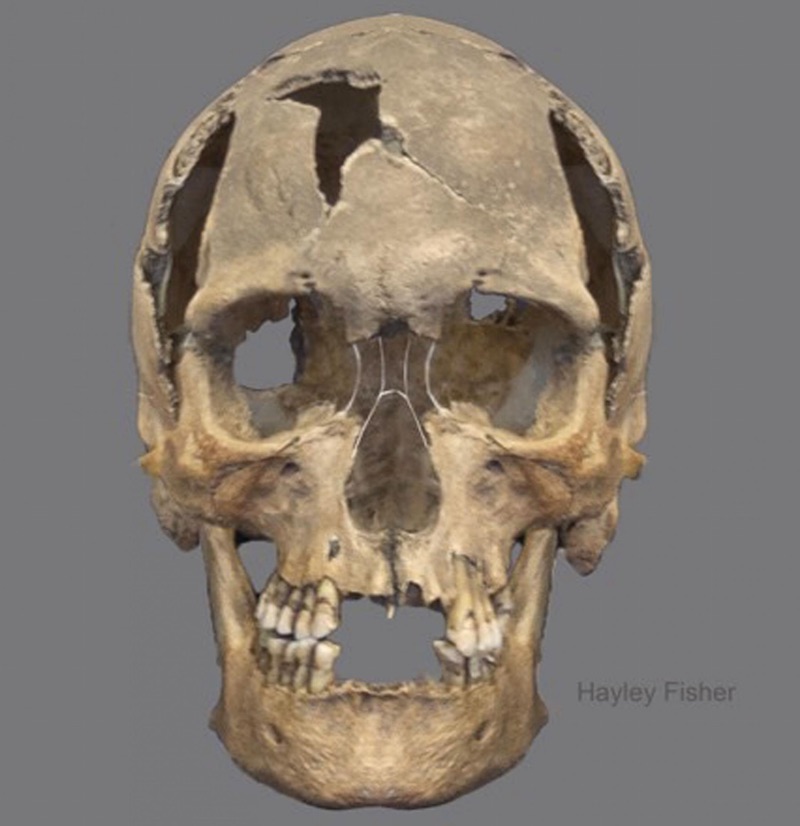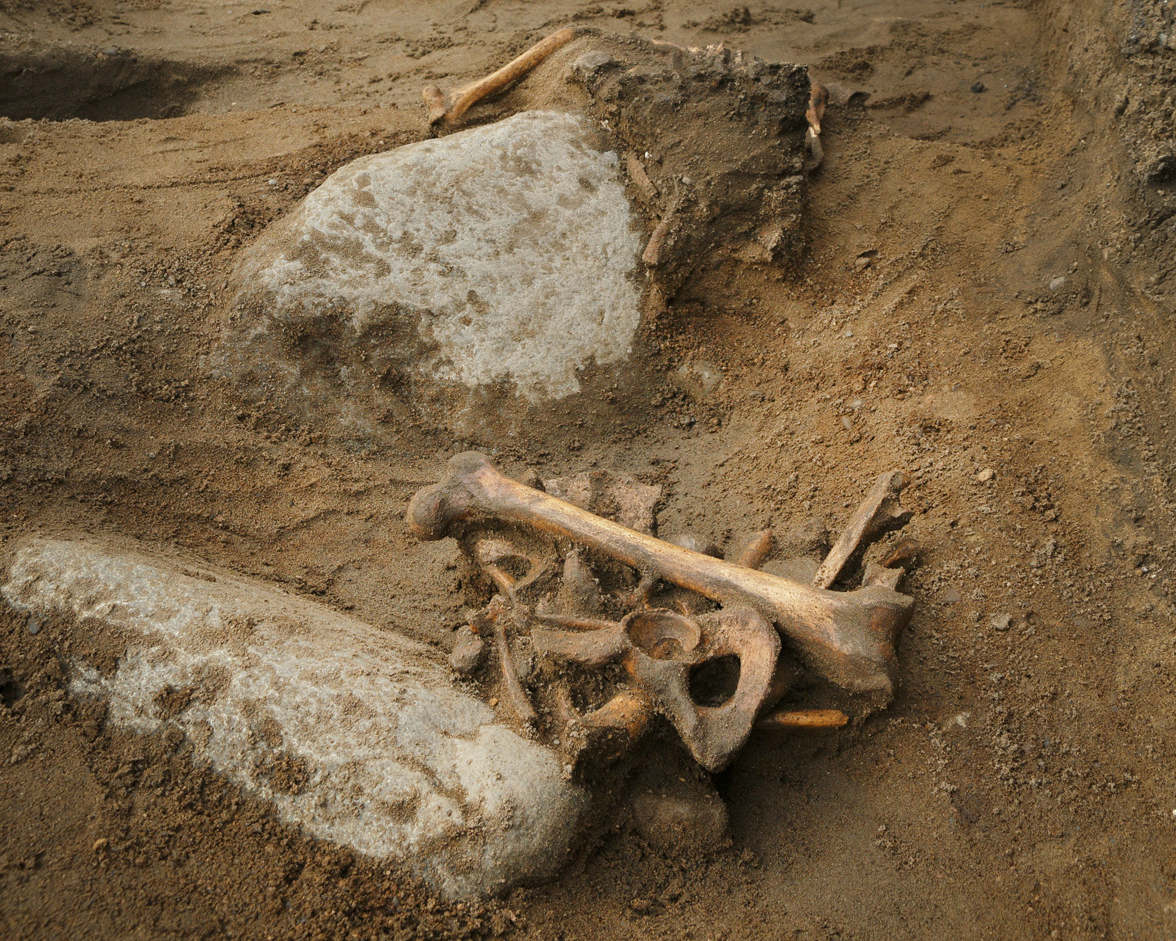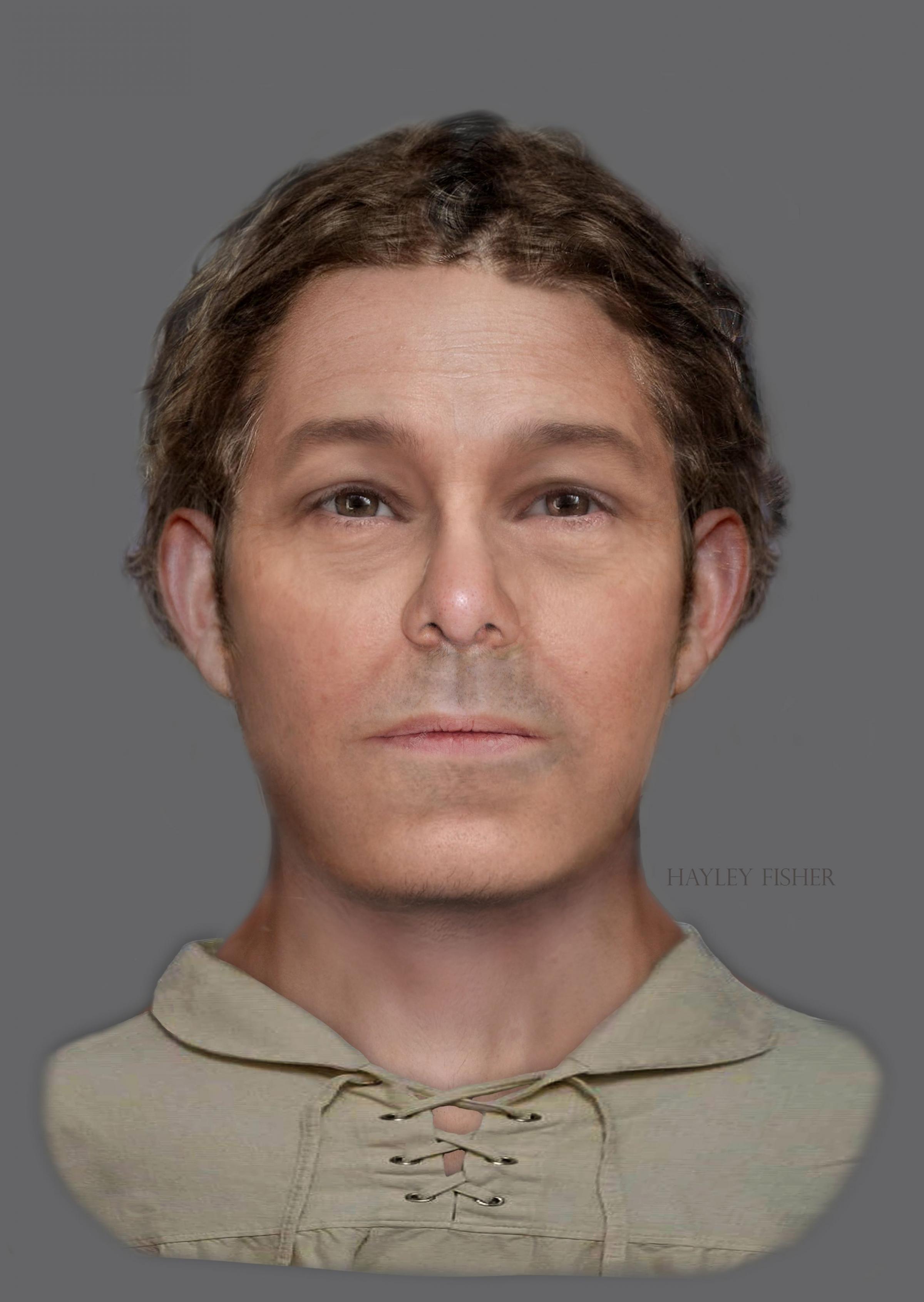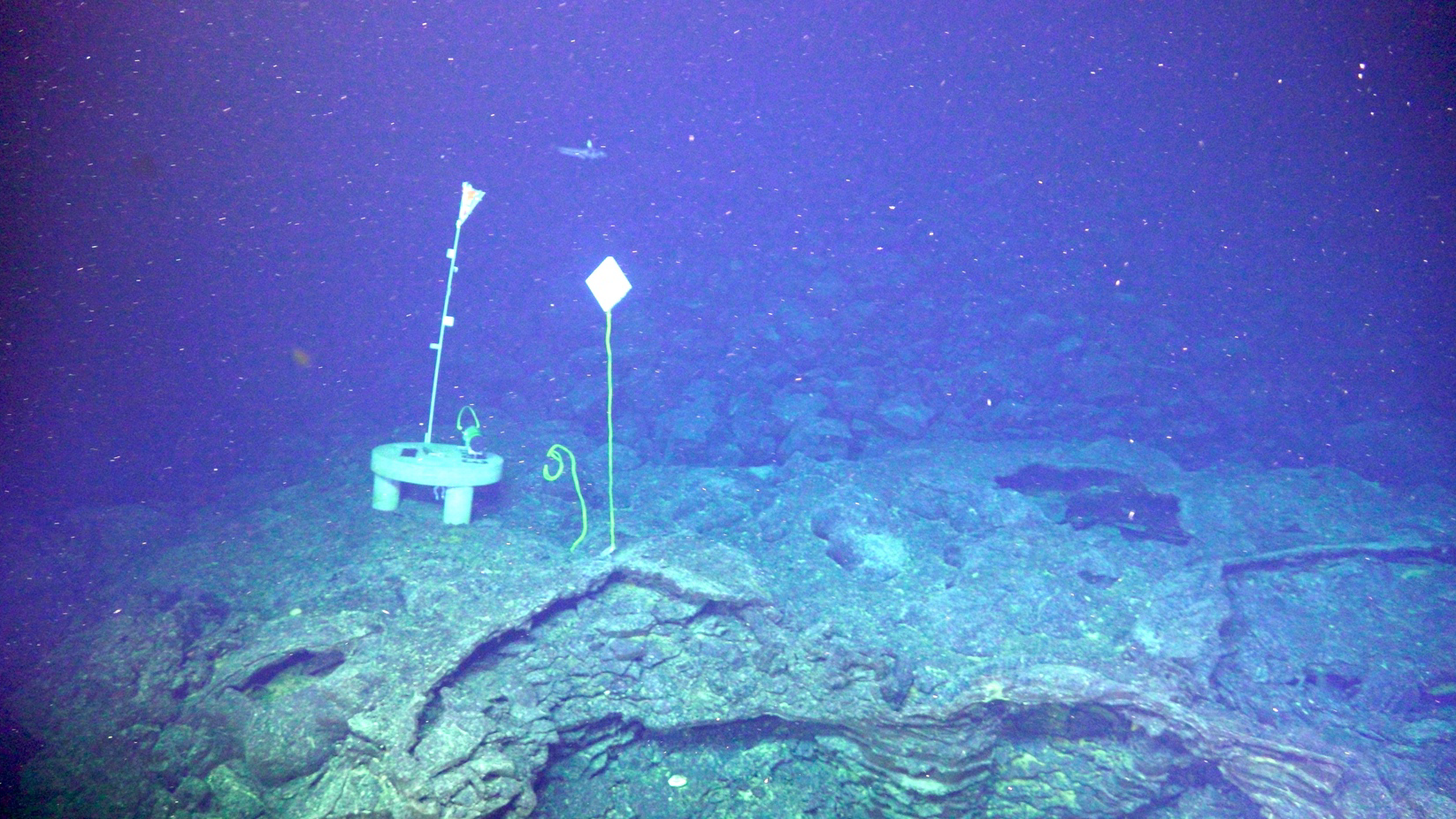Buccaneer Bones: Possible Pirate Skeleton Found Under Scotland Schoolyard

Dead men tell no tales, but scientists can still learn much about them from their bones.
Archaeologists recently determined that a skeleton found buried on a primary school's property in Edinburgh, Scotland, dates back to the 16th century and likely was that of a criminal. Given the school's proximity to the historic Newhaven harbor, experts suspect that the man may have been killed as a pirate and been displayed as a warning to others who flew the Jolly Roger flag.
When human remains unexpectedly turned up during excavation work for the Victoria Primary School's expansion, archaeologists were soon putting together the pieces — quite literally, as the skull was broken during its discovery — to find out how old the remains were and to whom they may have belonged.
The remains, identified as belonging to an adult male, were found near pottery shards dating back 4,000 years, so the archaeologists' first estimate was that the man had lived during the Bronze Age. However, carbon dating revealed that the skeleton was only 600 years old, which raised an interesting question. There were three graveyards close to the site where the skeleton was found, all with graves dating back to the 16th century. Why wasn't the body buried in one of them? [Arrgh! Photos Reveal 'Pirates of the Caribbean']
John Lawson, a curator of archaeology for the City of Edinburgh Council Archaeology Service (CECAS) who was involved in the excavation, told Live Science that there are two possible explanations for the body's unusual final resting place. Even though the skeleton's original position had been disturbed when it was first discovered, Lawson and the other archaeologists could tell this was not a normal burial.
"It looked like it was in a crouched position," Lawson said. "He's been buried in what looks like a shallow grave, on his side, almost like he's been thrown in," indicating that the man may have been the victim of foul play. "It's got the appearance of possibly being a murder," Lawson added. "You can see the person being murdered and quickly buried in the sand dunes behind the dockyard wall."
However, it is also possible that the remains belong to a lawbreaker who was killed for his crimes. "In the 1550s, there was a gibbet erected at Newhaven for public executions," Lawson told Live Science. Gibbets were common in Scotland and England during this historical period, used not only for execution but also to display the bodies of dispatched criminals in plain view as a warning to other wrongdoers.
Get the world’s most fascinating discoveries delivered straight to your inbox.
When the skeleton was found, many of the small bones from its hands and feet were missing. Lawson said this would be expected if the body had hung on a gibbet for some time before it was buried; as the body decayed, the smallest bones would have been separated and lost.
And because of the gibbet's location near Newhaven harbor, whoever swung from its crossbeams was likely to be guilty of seafaring crimes.
"If he's in a gibbet," Lawson said, "the crimes most likely for a port scenario would be smuggling or piracy. If it is that, that's what this poor individual was." [The 10 Most Notorious Pirates Ever]
Even criminals displayed on a gibbet were eventually taken down to be buried, usually by their families. Lawson suggested that perhaps this individual didn't have any family — or didn't have any who wanted his body, which would explain its unceremonious disposal in a shallow grave.
During two years of conservation and analysis, the archaeologists learned quite a bit about this possible pirate from his bones. But the remains had still more information to reveal — for example, what the pirate may have looked like.
Enter forensic artist Hayley Fisher, who works with the archaeological team at the Museum of Edinburgh. By referring to "landmarks" in the skull's hard bone, she shaped the features of the dead man's face using two-dimensional facial reconstruction software, building a lifelike model that brought the 16th-century buccaneer back to life.
Fisher began by reassembling the skull, whose facial area was in pieces. "Then, I have to sit with the skull, and I perform a morphological analysis to get the facial features," Fisher told Live Science. "And then, there's biological analysis to provide a rough age, sex and ancestry," usually provided by a pathologist, Fisher said. By photographing the skull from a number of angles, she created the 2D foundation for her work, modeling the shape and placement of muscles and soft tissue.
The entire process took about a week, during which she firmly ignored joking suggestions to add earrings, hats and parrots. "Everything has to be backed up and explainable," she said, with all of her work reflecting scientific data and historical documents and paintings, rather than personal artistic interpretation. Fisher even left off facial hair on the model, though, based on fashions of the day, the man was probably bearded. "I just tried to keep it simple," by opting to keep his face clean shaven to reveal the shape of the jawline, she told Live Science.
While tales and portraits of historical pirates are thrilling, this skeleton's story may not end here. Likely, there are many other important details unrelated to piracy that scientists can glean from these remains — details about daily life in 16th-century Scotland, said Aaron Allen, a teaching fellow at the University of Edinburgh's School of History, Classics and Archaeology who was not involved in the preservation of the remains.
"Analysis of the bones can yield important information on diet and health," Allen told Live Science in an email. "Whilst DNA evidence might be explored to look at where the poor chap was from. Was he Scottish, and if not, what does this suggest about links with the wider world? Either way, this find sheds further light [on] an important Scottish fishing village, and points to the importance of the maritime connections and traditions in Scotland’s rich past."
Follow Mindy Weisberger on Twitter and Google+. Follow us @livescience, Facebook & Google+. Original article on Live Science.

Mindy Weisberger is a science journalist and author of "Rise of the Zombie Bugs: The Surprising Science of Parasitic Mind-Control" (Hopkins Press). She formerly edited for Scholastic and was a channel editor and senior writer for Live Science. She has reported on general science, covering climate change, paleontology, biology and space. Mindy studied film at Columbia University; prior to LS, she produced, wrote and directed media for the American Museum of Natural History in NYC. Her videos about dinosaurs, astrophysics, biodiversity and evolution appear in museums and science centers worldwide, earning awards such as the CINE Golden Eagle and the Communicator Award of Excellence. Her writing has also appeared in Scientific American, The Washington Post, How It Works Magazine and CNN.


